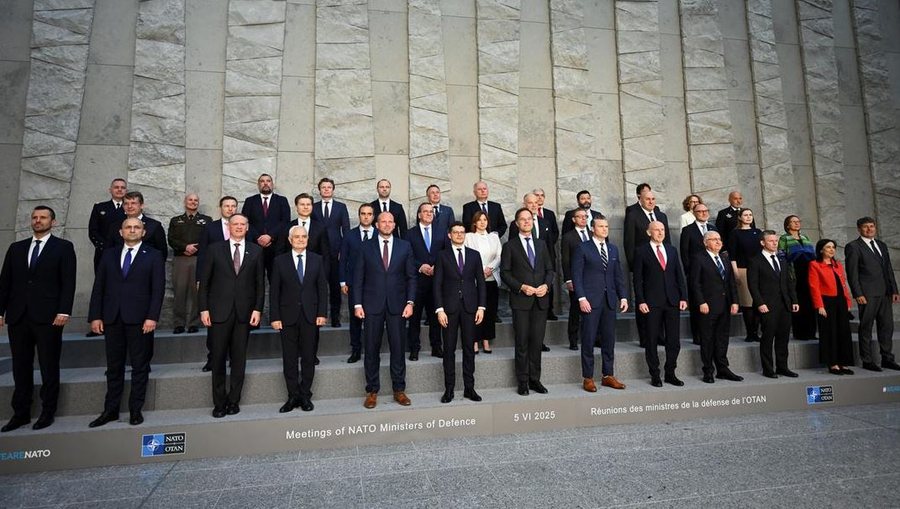
In response to the threat from Russia, NATO defense ministers have agreed on the largest arms program in decades. The ministers met in Brussels. The program foresees a significant expansion of deterrence and defense capabilities in the coming years. The program contains new military capabilities targets. They specify exactly what each Ally should contribute to deterrence and collective defense in the future. The highest priority is given to capabilities such as long-range weapons systems, air defense and mobile ground forces.
Specific data strictly confidential
However, NATO has classified the specific details of the plans as top secret, so that the alliance can become as unpredictable an adversary as possible for Russia. According to information from the German news agency dpa, the current requirements for military capabilities have increased by 30 percent. According to Federal Defense Minister Boris Pistorius, the German Bundeswehr alone will need up to 60,000 additional active-duty soldiers to meet NATO's new requirements.
The Social Democratic politician called this a powerful move and said that in the coming years Germany will form and "fully equip" new military units.
Five percent of gross domestic product for defense
At their meeting in Brussels, the defense ministers are also preparing for the NATO summit to be held at the end of the month in The Hague. The focus is on increasing member states' defense spending.
NATO Secretary-General Mark Rutte has proposed that by 2032 NATO countries should spend at least 3.5 percent of their gross domestic product (GDP) on defense and 1.5 percent of GDP on defense-related infrastructure - such as roads and bridges. Germany and France have already agreed to this proposal, while countries such as Spain and Italy are seen as opponents of such ambitious goals./ DW (A2 Televizion)











